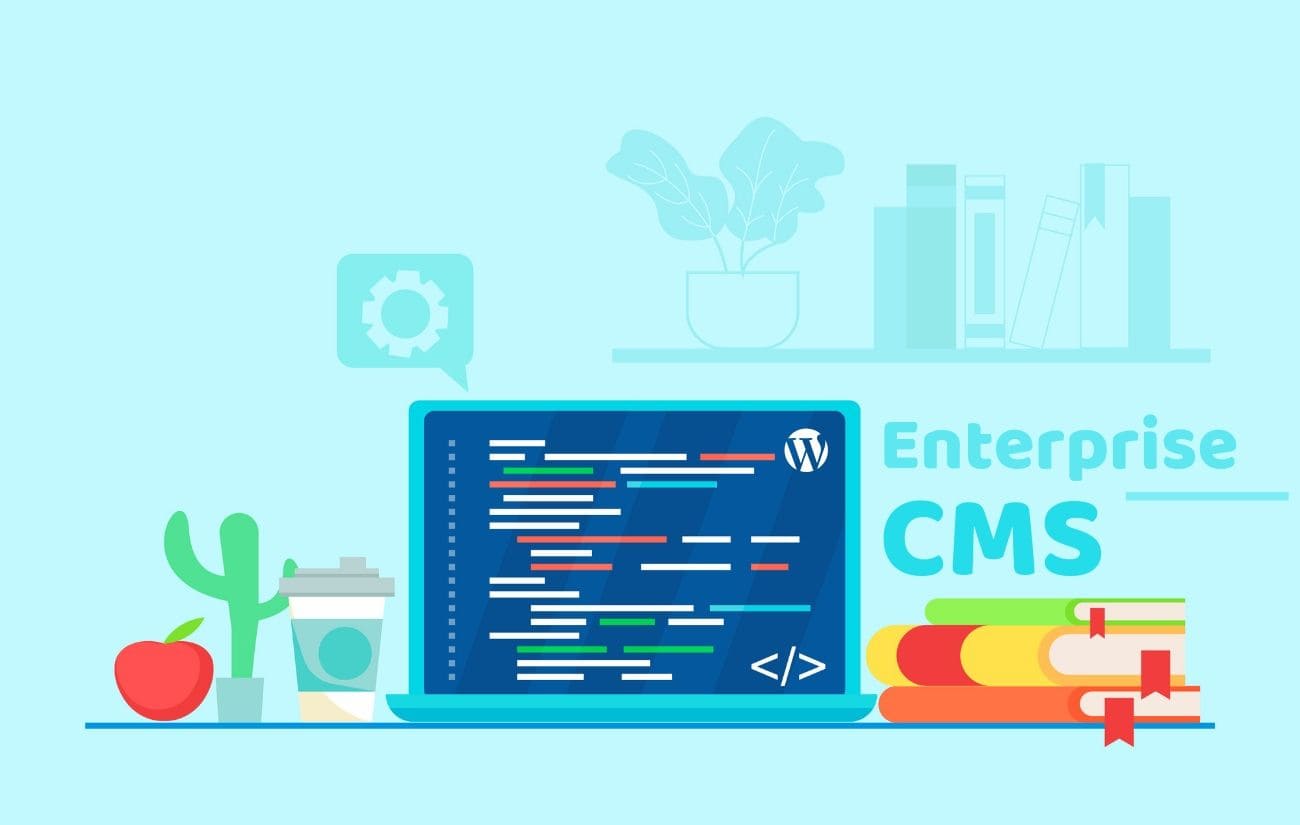
If you're looking for the best social media management tools for 2020, you've come to the right place. This article will discuss CoSchedule (Sprout Social), eclincher and other social media management tools. You will learn which one suits your business best. This section will explain the purpose of each tool and how they can be used to help your business succeed. Find out how to choose the right tool for your budget and needs.
CoSchedule
CoSchedule allows users to manage all their social media profiles through one platform. This calendar allows for scheduling posts and organizing your projects. This makes it easy keep track of your marketing strategy. CoSchedule lets you collaborate with your team members. You can manage Facebook and Twitter pages and create marketing strategies all from one platform.
Sprout Social
Sprout is a great social media management software that's simple to use. This tool is perfect for busy agencies or companies looking for a more complicated approach to managing social accounts. The tool provides live activity updates and an audit trail, allowing you to see exactly what's going on at any given moment. Sprout makes it easy to create next-steps for each item in your Smart Inbox. It also lets you collaborate with other people on items that are more complicated. You can also create drafts of your posts, edit them, and publish them.

Sprout
Sprout allows you to schedule and manage posts across all of your social media profiles. One click allows you to schedule posts, add things into the queue and collaborate directly with your team. You can also add tags to messages to improve organization. You can even store assets like audio and video files in the app. Sprout lets you preview your content prior to publishing it.
eclincher
The eclincher social network management tool makes managing your accounts easy across multiple platforms and channels simple. It allows you to see the entire month's worth, track individual posts performance, respond to client social media interactions, and view the complete list of your posts. It also offers a comprehensive analytics dashboard that pulls in data from all of your social media channels, including Google Analytics, Facebook Analytics, real-time traffic, Blogger, YouTube, and Twitter.
TweetDeck
TweetDeck, a social media management software that allows you to manage your Twitter account, can prove very useful. In each of the four columns, you can create a timeline that displays your tweets. The home column displays the normal stream of your tweets, while notifications shows you interactions and direct messaging with your followers. You can also create lists that allow you to track the activity of particular accounts. You can also view individual tweets for each account.
Sked Social
If you are planning to increase the number of customers for your business, consistency on social media will help you achieve this. It can be difficult to stay consistent, especially if your social media management skills are not perfect. Posting updates to multiple profiles can be tedious. Social media management tools allow you to simplify the process and manage all of your social profiles through one interface. This will enable you to determine which types of content and campaigns have the greatest return on investment.

PromoRepublic
PromoRepublic is the right tool for you, whether you are a small business owner and/or an agency searching for a social media management platform. This tool lets you schedule posts and manage hashtags. It also allows for monitoring social performance. It also includes a collection of post ideas and integrated photo stocks. The graphics editor is easy to use. Plus, it has integrations with all the major social media networks, so you don't have to spend hours designing and drafting each post.
FAQ
How often should I update the website?
There are many options for updating your website. One way is to use a CMS or Content Management System. Here, you can easily edit all of the content on your site without having to touch any code.
Another option is to use a plugin which automatically updates your site. These plugins can be purchased through WordPress stores, or you can install them yourself.
WPtouch, Yoast, and several other plugins are free. The best thing to do is to test different methods and see which works best for you.
How do I start SEO?
SEO can be done in many different ways. First, identify the keywords you want to rank for. This is known "keyword search." Next, optimize each website page to these keywords.
Optimization is the process of adding relevant titles and descriptions to your site, creating unique URLs and linking other websites. After optimization has been completed, you'll need to submit your website to search engines like Google, Yahoo!, and Bing.
To know if your progress is being made, you will need to keep track.
What does SEO mean for small businesses?
The biggest challenge facing small businesses today is competing against larger companies that spend millions on advertising. Search Engine Optimization, or SEO, allows smaller businesses access to the same marketing power and without breaking the bank.
Statistics
- Sean isn't alone… Blogger James Pearson recently axed hundreds of blog posts from his site… and his organic traffic increased by 30%: (backlinko.com)
- A 62.60% organic traffic boost to that page: (backlinko.com)
- 93%of online experiences today begin on search engines. (marketinginsidergroup.com)
- Which led to a 70.43% boost in search engine traffic compared to the old version of the post: (backlinko.com)
- Deleting those 10k pages is one of the main reasons that he improved his site's organic traffic by nearly 90%: (backlinko.com)
External Links
How To
How do I create my first blog?
It's simple! WordPress is an excellent tool for creating a blog. Users can easily edit the appearance of their blogs by adding themes, changing fonts and colors, and customizing the layout. You can also use plugins to change the appearance of your website based on visitor activity.
There are many free templates you can download from WordPress.org. You also have the option to purchase premium templates. Premium templates include extra pages, plugins, advanced security, and more.
Once you have downloaded your template you will need a free account to upload your files, and then to manage your blog. There are many hosts that offer free accounts. However, there may be restrictions on how much storage you can use, the number of domains you can host, or how many emails can you send.
You will need separate email addresses if you want to use multiple domain names. Some hosts charge a monthly fee for this service.
You might be new to blogging and wonder why it is worth paying to have your blog hosted online. The majority of hosts offer unlimited storage so files aren't deleted even if accidentally deleted.
Many hosts also let users host multiple domains, meaning you could have several different sites under the same hosting package. This allows you to sign up for only one email account and manage all your sites via one interface.
Some hosts have social media sharing buttons built into their dashboards. This allows visitors to quickly and easily share content across the internet.
Hosting providers usually offer tools to manage your blog. You can check your site's performance statistics, see how many visitors each post has received and compare your traffic to similar blogs.
These tools can make it easier to manage your blog faster and easier, so make sure you check them out before you buy a web hosting plan.
To sum up:
-
You can choose a topic related to your business.
-
Create engaging content;
-
Optimize your site using SEO techniques;
-
Promote your site using social media channels;
-
Regularly review your statistics in order to make changes if needed.
-
Last but not least, make sure to keep your blog updated.
In other words, create quality content, promote it effectively, track its success.